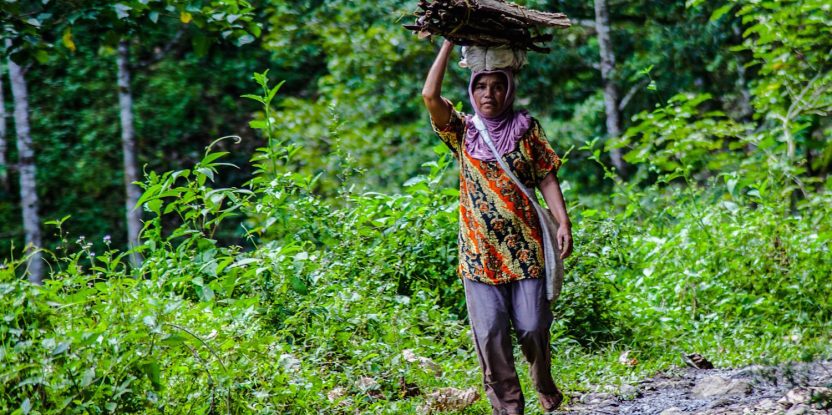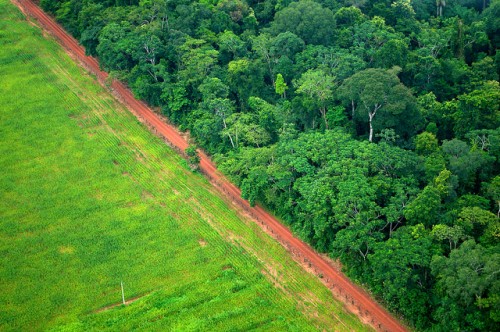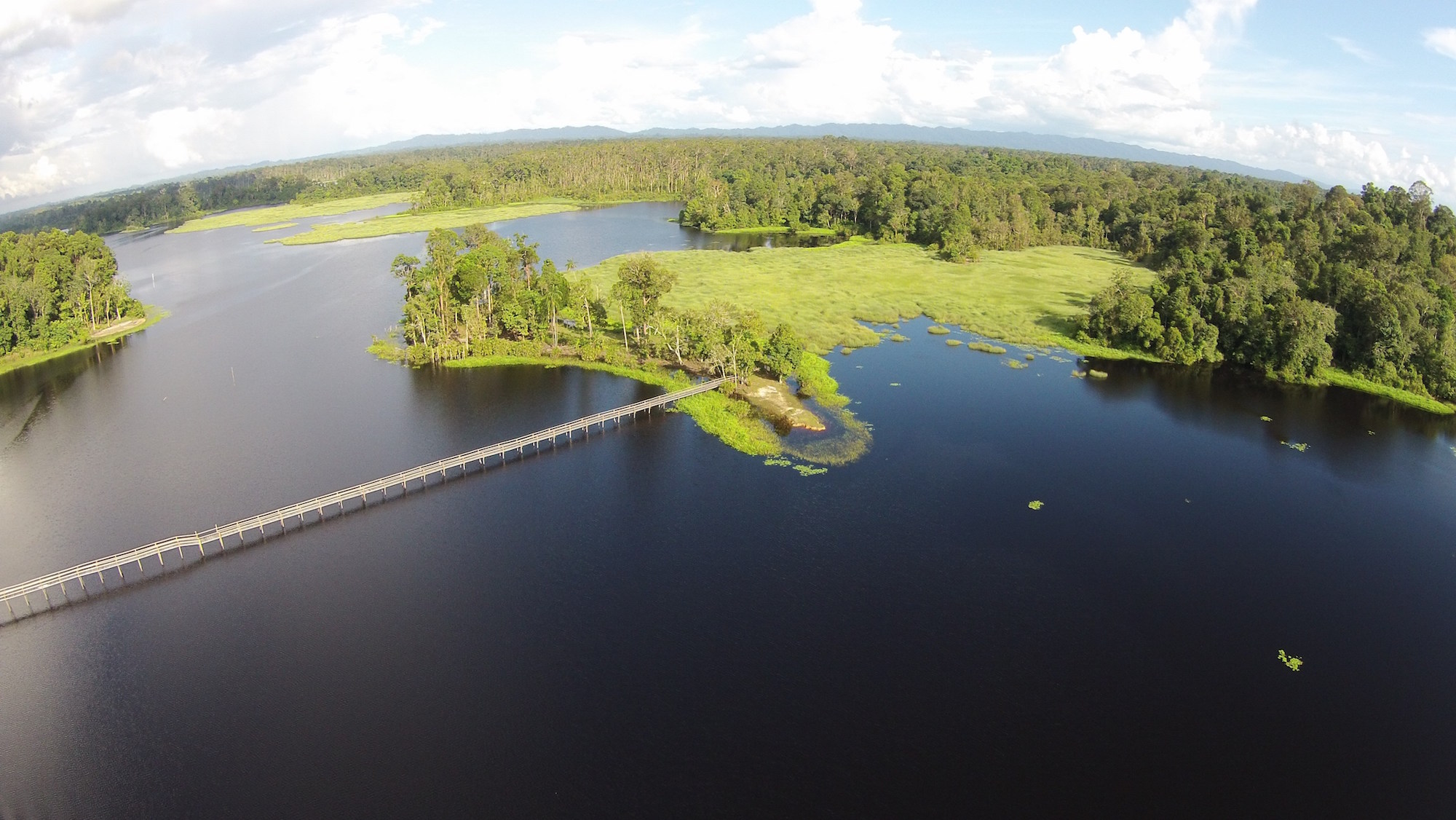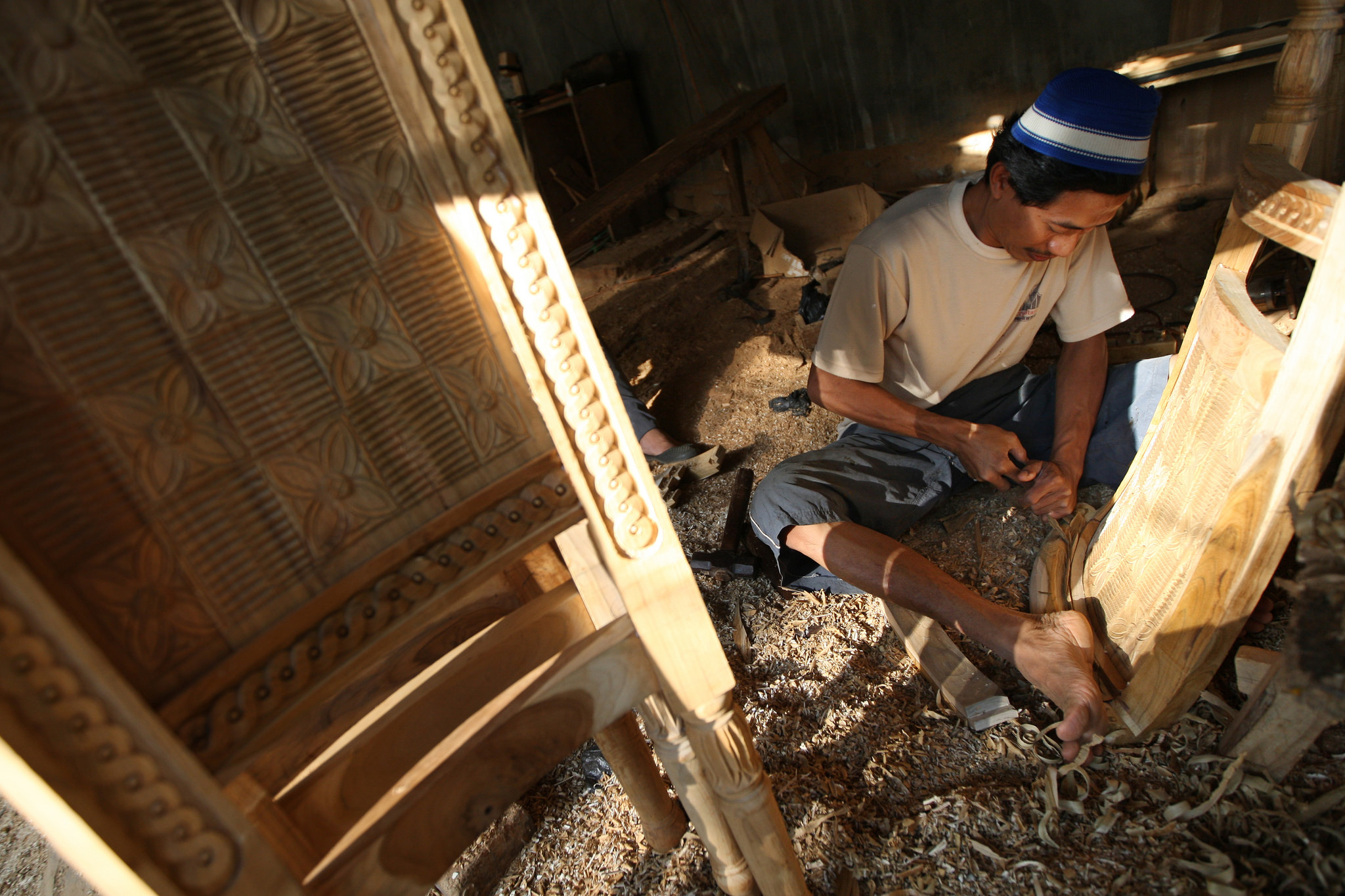Regional leaders gathered this month in Brunei Darussalam to discuss ways to slow, halt and reverse deforestation in the Asia-Pacific. But what does it mean to ‘reverse’ deforestation? And how can it be done without reversing the rapid development that supports the economies and livelihoods of the region?
In discussion at the 2016 Asia-Pacific Rainforest Summit, experts in government, research and development addressed these questions in a panel session titled ‘Restoring our rainforests’. Panelists in the session argued that reversing deforestation does not simply mean reforestation, but requires an approach that integrates the goal of restoring forests with other diverse objectives within the forest landscape, including livelihoods, economic growth and climate change mitigation and adaptation.
Li Jia, representing the International Union for the Conservation of Nature (IUCN) and as the moderator for the session, described this in her organization’s terms as ‘forest landscape restoration’ (FLR).
Taking a landscape approach to restoration, FLR integrates the goal of reforestation with other land uses, including sustainable agriculture and agroforestry to support economic development.
Chetan Kumar, another member of the panel from IUCN, explained further:
“It is important to recognize that [forest] landscape restoration is about regaining ecological functionality as well as enhancing human wellbeing. So we are not just talking about carbon benefits or adaptation, but a whole range of benefits,” he said.
GLOBAL COMMITMENTS, LOCAL PRESSURES
In the densely populated and rapidly developing Asia-Pacific region, forests are under pressure to meet local needs, build national economies and contribute to global goals.
“Many developing countries in Asia-Pacific regions, they would like to increase the economic wellbeing of their people. However, at the same time this often in the field translates into degradation drivers for forests and pressures for forests,” Jia said.
Rainforests in the Asia-Pacific are disappearing at a rate of 1.35 million hectares a year. Fires, land-clearing for cash crops, and unsustainable logging are driving deforestation and forest degradation on a massive scale.
Global and regional resolve is building to reverse this trend. REDD+ initiatives promise rewards for restoration of forests. The Sustainable Development Goals call for restoration to achieve a “land-degradation-neutral world”. The Paris Agreement highlights the need to enhance forests as carbon sinks. And the Bonn Challenge, as the world’s biggest initiative for restoration, calls for global commitment to restore 150 million hectares of forest by 2020 and 350 million hectares by 2030.
Asia-Pacific countries have responded positively to these initiatives and instigated their own, including from governments, regional bodies, the private sector and civil society. The APEC Forest Cover 2020 Goal, for example, aims to restore 20 million hectares of forest in the region by 2020 – about 77 percent is estimated to have been achieved already.
It takes time to replant and regrow
But beyond meeting regional and international commitments, restoration efforts need to bring benefits for the entire forest landscape, including for people who depend on them for their livelihoods.
The Government of Brunei Darussalam, the host of the Summit, is looking to expand eco-tourism to find additional benefits for restored or protected forest landscapes. The country has already committed to protecting 22 million hectares in the Heart of Borneo, together with Indonesia and Malaysia, and has pledged to limit its agricultural use to one percent of its land area.
“It takes time to replant and regrow,” said panelist Noralinda Ibrahim, Acting Deputy Director of Brunei’s Forestry Department. “But we have managed to restore some areas as close as possible to their natural state.”
Panelist John Herbohn, Professor of Tropical Forestry from the University of the Sunshine Coast in Australia, shared success stories of community-based forest landscape restoration in the Philippines.
After reforestation efforts failed four times over 20 years, the switch to a landscape approach finally found success in the Philippines’ Biliran Province, Herbohn said. The results improved biodiversity, food security and market access for forest products, and increased income for local people.
One key to success was to balance reforestation efforts with local needs for agroforestry and agriculture in a diverse forest landscape.
“There is a difference of experience between governments and communities,” he said. “For communities, diverse landscapes work best.”
RAINFOREST RESILIENCE
Ferry Slik, an Assistant Professor at the University of Brunei Darussalam, reminded the panel that a diverse forest landscape is not only good for human wellbeing, but also for biodiversity.
“The more diversity there is, the better the chance of survival,” he said.
Slik said that from a biologist’s point of view, there’s no problem with developing land, so long as a network of original forest fragments can be retained – and that requires careful planning.
Even in cases where careful planning hasn’t been applied, hope for successful restoration can still be found in the natural resilience of species, he said. He pointed to the example of devastating forest fires on the island of Borneo, saying that many of the original species can still be found there.
“The forest can recover by itself,” he said. “Even after burning, it can still recover.”
We want you to share Forests News content, which is licensed under Creative Commons Attribution-NonCommercial-ShareAlike 4.0 International (CC BY-NC-SA 4.0). This means you are free to redistribute our material for non-commercial purposes. All we ask is that you give Forests News appropriate credit and link to the original Forests News content, indicate if changes were made, and distribute your contributions under the same Creative Commons license. You must notify Forests News if you repost, reprint or reuse our materials by contacting forestsnews@cifor-icraf.org.





